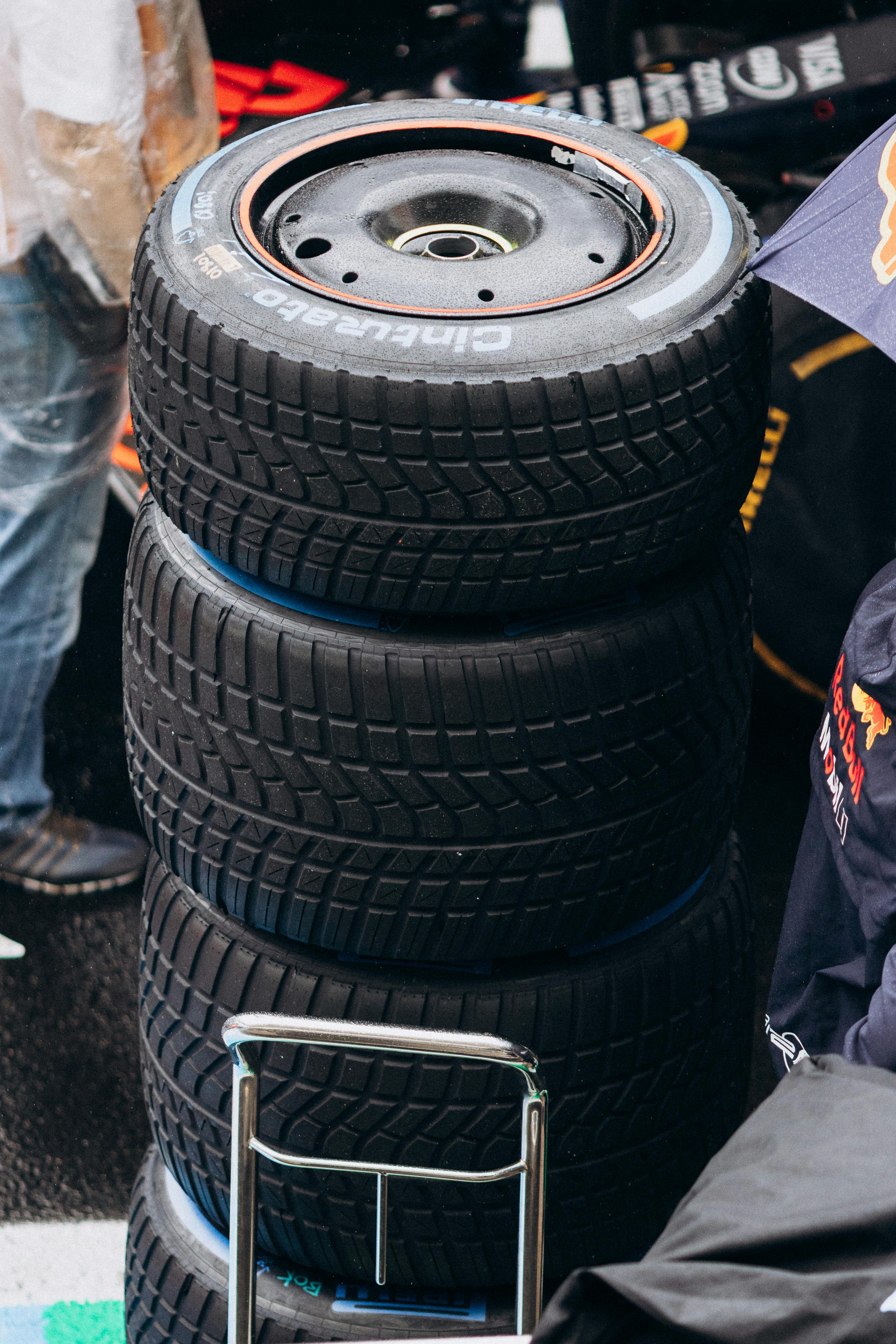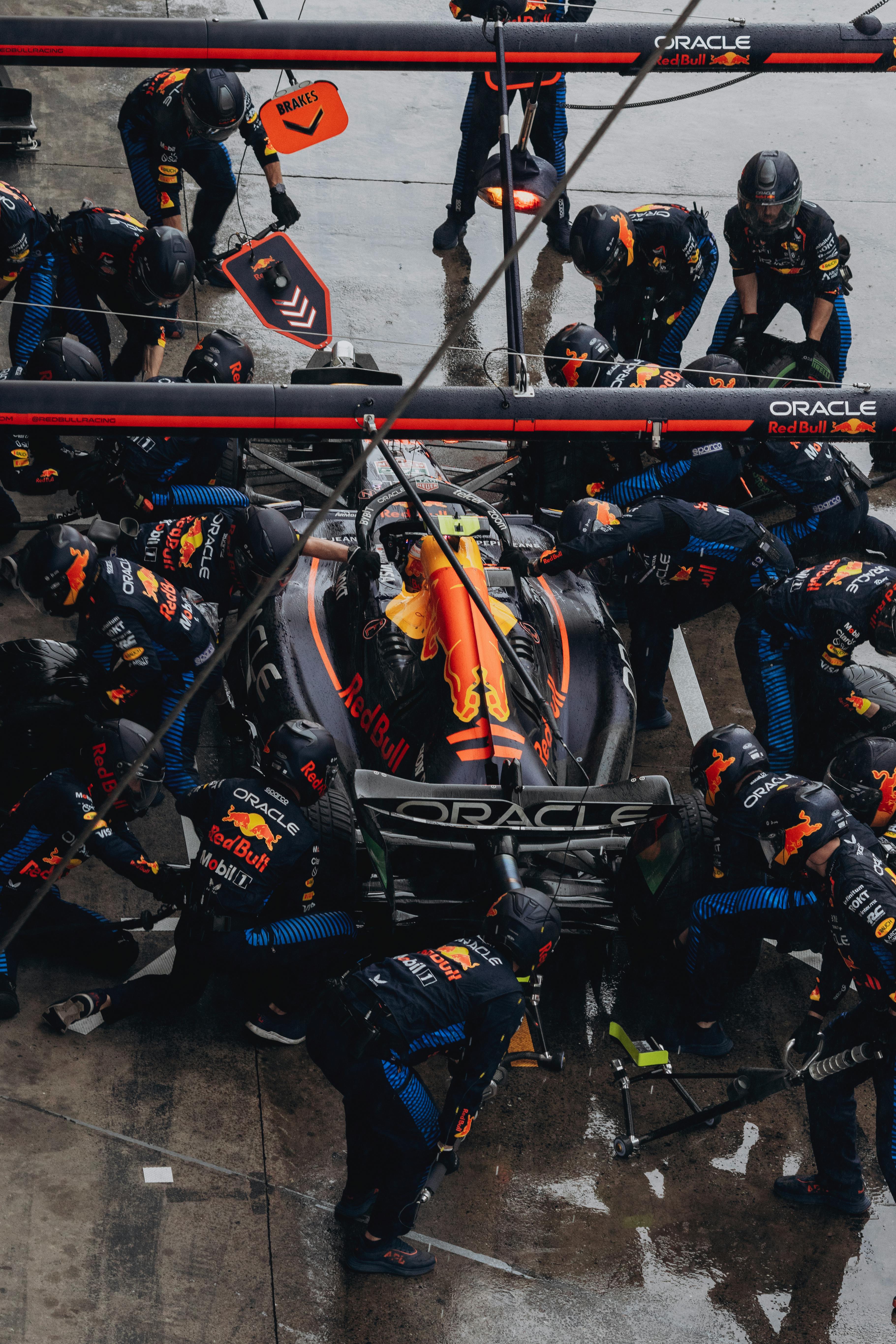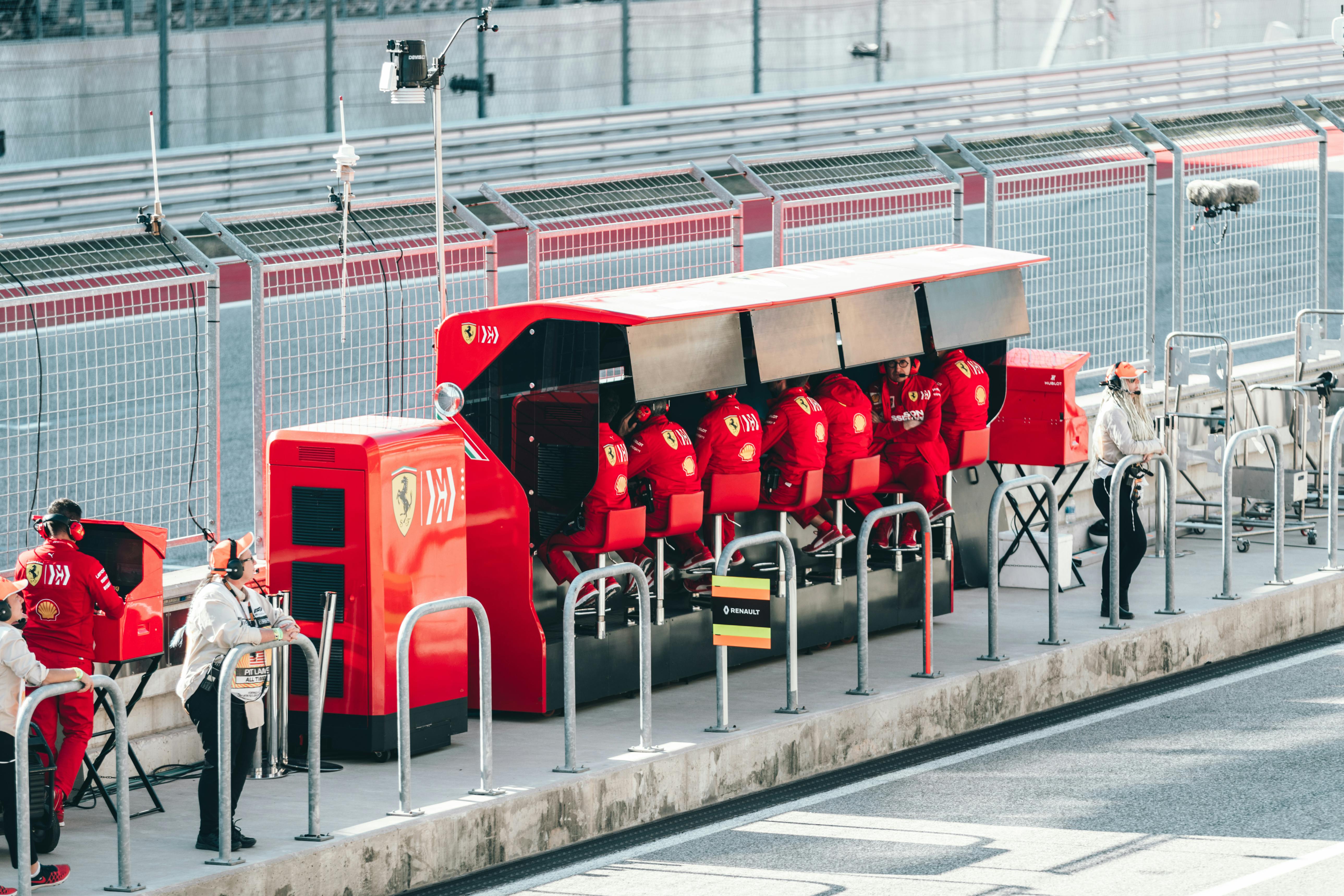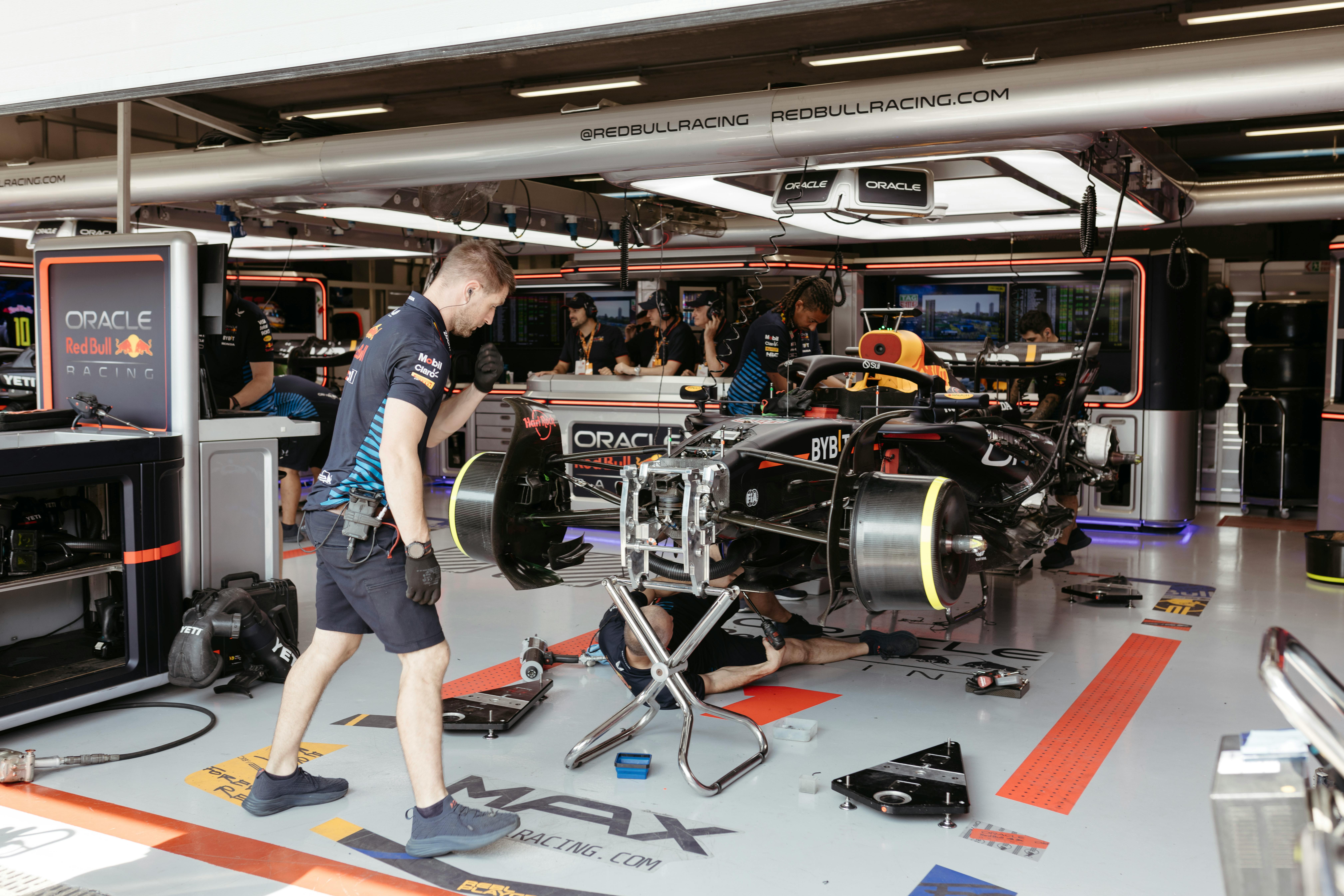Rules in Formula 1
Formula 1 (F1) has a complex set of rules and regulations that govern everything from car design to race conduct. Here’s an overview of some key areas of the F1 regulations:
1. Technical Regulations
• Car Design:
Cars must comply with specific dimensions, weight limits, and safety features as
outlined in the technical regulations. This includes aspects like engine
specifications, aerodynamics, and materials used.
• Power Units:
Each car is powered by a hybrid power unit consisting of an internal combustion
engine (ICE) and energy recovery systems (ERS). There are limits on the number of
engines and components a driver can use per season.
• Tires:
Teams must use different types of tires (soft, medium, hard, and wet) provided
by the sole tire supplier, Pirelli, and must follow regulations on tire use during
races.

2. Sporting Regulations
• Race Weekend Format:
A typical race weekend consists of practice sessions, qualifying, and the race
itself. The qualifying format determines the starting grid based on lap times.
• Points System:
Points are awarded based on finishing positions, with the top ten finishers earning
points (25 for 1st place down to 1 point for 10th). There are additional
points for the fastest lap.
• Driver and Constructor Championships:
Points are accumulated throughout the season for both drivers and their respective teams
(constructors).

3. Race Conduct
• Starts and Restarts:
Rules govern how races start, including the formation lap and any safety car deployments.
Drivers must adhere to specific procedures during restarts.
• Penalties:
Infractions can result in various penalties, including time penalties, grid penalties,
or disqualification from the race. Common infractions include speeding in the pit
lane, causing collisions, and ignoring flags.
• Flag Signals:
Different flags indicate various conditions during a race (e.g., yellow flags for caution,
red flags for race stoppages, and black flags for disqualification).

4. Safety Regulations
• Safety Standards:
Cars must meet stringent safety standards, including crash tests, and drivers must wear
protective gear (helmets, fireproof suits, etc.).
• Medical Facilities:
Each race venue must have appropriate medical facilities and personnel on-site to
respond to incidents.

5. Financial Regulations
• Budget Cap:
F1 has introduced a budget cap for teams to promote financial fairness. This limits
how much teams can spend on various aspects of their operations, including car
development and staff salaries.
6. Technical Changes
• Updates and Development:
Teams are allowed to develop their cars throughout the season, but changes must
comply with the regulations. Significant changes are often scrutinized by the FIA
(Fédération Internationale de l’Automobile).

Conclusion
The F1 regulations are designed to ensure fair competition, safety, and
the integrity of the sport. They are subject to change, and teams must stay up to date
with any modifications made by the FIA. For the most current and detailed information,
it’s best to refer to the official F1 website or the FIA’s official regulations document.





